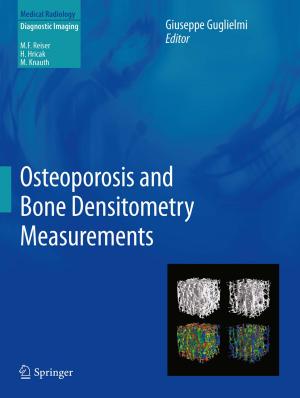Cold-adapted Yeasts
Biodiversity, Adaptation Strategies and Biotechnological Significance
Nonfiction, Science & Nature, Science, Biological Sciences, Microbiology, Biotechnology| Author: | ISBN: | 9783642396816 | |
| Publisher: | Springer Berlin Heidelberg | Publication: | October 7, 2013 |
| Imprint: | Springer | Language: | English |
| Author: | |
| ISBN: | 9783642396816 |
| Publisher: | Springer Berlin Heidelberg |
| Publication: | October 7, 2013 |
| Imprint: | Springer |
| Language: | English |
Yeasts are a versatile group of eukaryotic microorganisms, exhibiting heterogeneous nutritional profiles and an extraordinary ability to survive in a wide range of natural and man-associated ecosystems, including cold habitats. Cold-adapted yeasts inhabit numerous low-temperature environments where they are subjected to seasonal or permanent cold conditions. Hence, they have evolved a number of adaptation strategies with regard to growth and reproduction, metabolic activities, survival and protection. Due to their distinctive ability to thrive successfully at low and even subzero temperatures, cold-adapted yeasts are increasingly attracting attention in basic science and industry for their enormous biotechnological potential.
This book presents our current understanding of the diversity and ecology of cold-adapted yeasts in worldwide cold ecosystems, their adaptation strategies, and their biotechnological significance. Special emphasis is placed on the exploitation of cold-adapted yeasts as a source of cold-active enzymes and biopolymers, as well as their benefits for food microbiology, bioremediation and biocontrol. Further, aspects of food biodeterioration are considered.
Yeasts are a versatile group of eukaryotic microorganisms, exhibiting heterogeneous nutritional profiles and an extraordinary ability to survive in a wide range of natural and man-associated ecosystems, including cold habitats. Cold-adapted yeasts inhabit numerous low-temperature environments where they are subjected to seasonal or permanent cold conditions. Hence, they have evolved a number of adaptation strategies with regard to growth and reproduction, metabolic activities, survival and protection. Due to their distinctive ability to thrive successfully at low and even subzero temperatures, cold-adapted yeasts are increasingly attracting attention in basic science and industry for their enormous biotechnological potential.
This book presents our current understanding of the diversity and ecology of cold-adapted yeasts in worldwide cold ecosystems, their adaptation strategies, and their biotechnological significance. Special emphasis is placed on the exploitation of cold-adapted yeasts as a source of cold-active enzymes and biopolymers, as well as their benefits for food microbiology, bioremediation and biocontrol. Further, aspects of food biodeterioration are considered.















